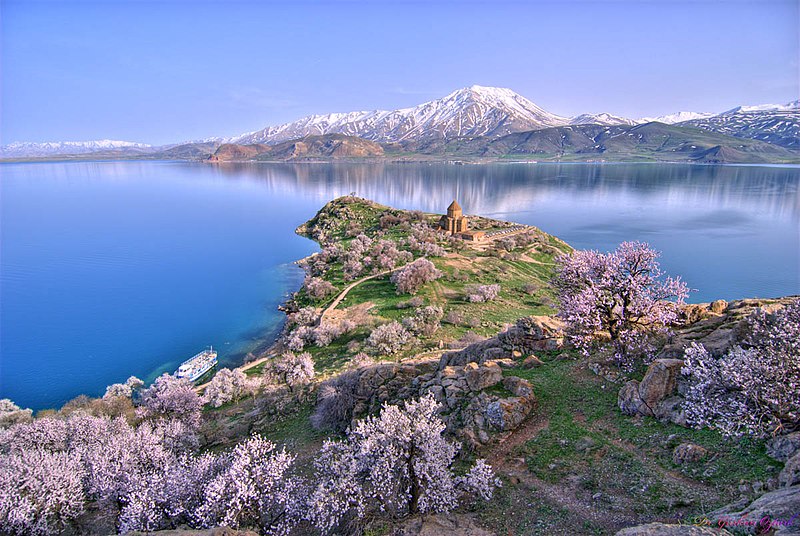March 04, 2010
23 to 22 vote is an empty victory. There is more traction now for bilateral intensification and progress between Turkey and Armenia as the Diaspora Armenians desperately try to scuttle the ongoing protocol signed in Switzerland. This nonbinding resolution, even if fully ratified will waste the single bullet of the proponents of this resolution against Turkey’s counter argument that basically says the toll has been inflated and those killed were victims of civil war and unrest, not genocide.
Mavi Boncuk |
On Oct. 10 2007 a House committee voted to condemn the mass killings of Armenians in Turkey in World War I as an act of genocide. On March 4, 2010 The House Foreign Affairs Committee voted again and narrowly condemned as genocide the mass killings of Armenians early in the last century, defying a last-minute plea from the Obama administration to forgo a vote that seemed sure to offend Turkey and jeopardize delicate efforts at Turkish-Armenian reconciliation. The vote on the nonbinding resolution, a perennial point of friction addressing a dark, century-old chapter of Turkish history, was 23 to 22.
The protocol agreed between Turkey and Armenia under Swiss mediation declared that the two countries will conduct internal political consultations to be concluded within six weeks to be followed by ratification in the Turkish and Armenian parliaments, in a move to establish diplomatic ties and develop bilateral relations between the two countries and US seemed to favor normalization between Turkey and Armenia without preconditions and within a reasonable time frame.
Walter Richmond’s2008 book” The Northwest Caucasus | Past, present, future” presented a comprehensive history of the Northwest Caucasus based on extensive research and exploreed interethnic relations and demographic changes that have occurred in the region over time with a particular focus on the 19th, 20th and 21st Centuries, incorporating recently published archival materials concerning the deportation of the Abazas, Circassians and Ubykhs to the Ottoman Empire by the Russians, which is treated as the first act of ethnic cleansing in modern history.
In his book on “The Ethnic Cleansing of Ottoman Muslims, 1821-1922,” historian Justin McCarthy says the following:
“In 1895 in Anatolia and in 1905 in the Caucasus, inter-communal warfare broke out. Prior to that time, Muslims and Armenians had supported either the Russian or the Ottoman Empires. Now the Muslims and Armenians had set about killing each other in their villages and cities. This war was not a thing of armies, but of peoples. It had been building for almost a century, brought about by Russian invasion, Armenian nationalism, and Ottoman weakness. By 1910, the polarization that was soon to result in mutual disaster was probably inevitable. Blood had been shed and revenge was expected and desired. Whatever their individual intentions, Muslims knew they were at risk from the Armenians, and Armenians knew they were at risk from the Muslims. Once World War I began, each side naturally assumed the worst of the other, and acted accordingly.”


Leave a Reply